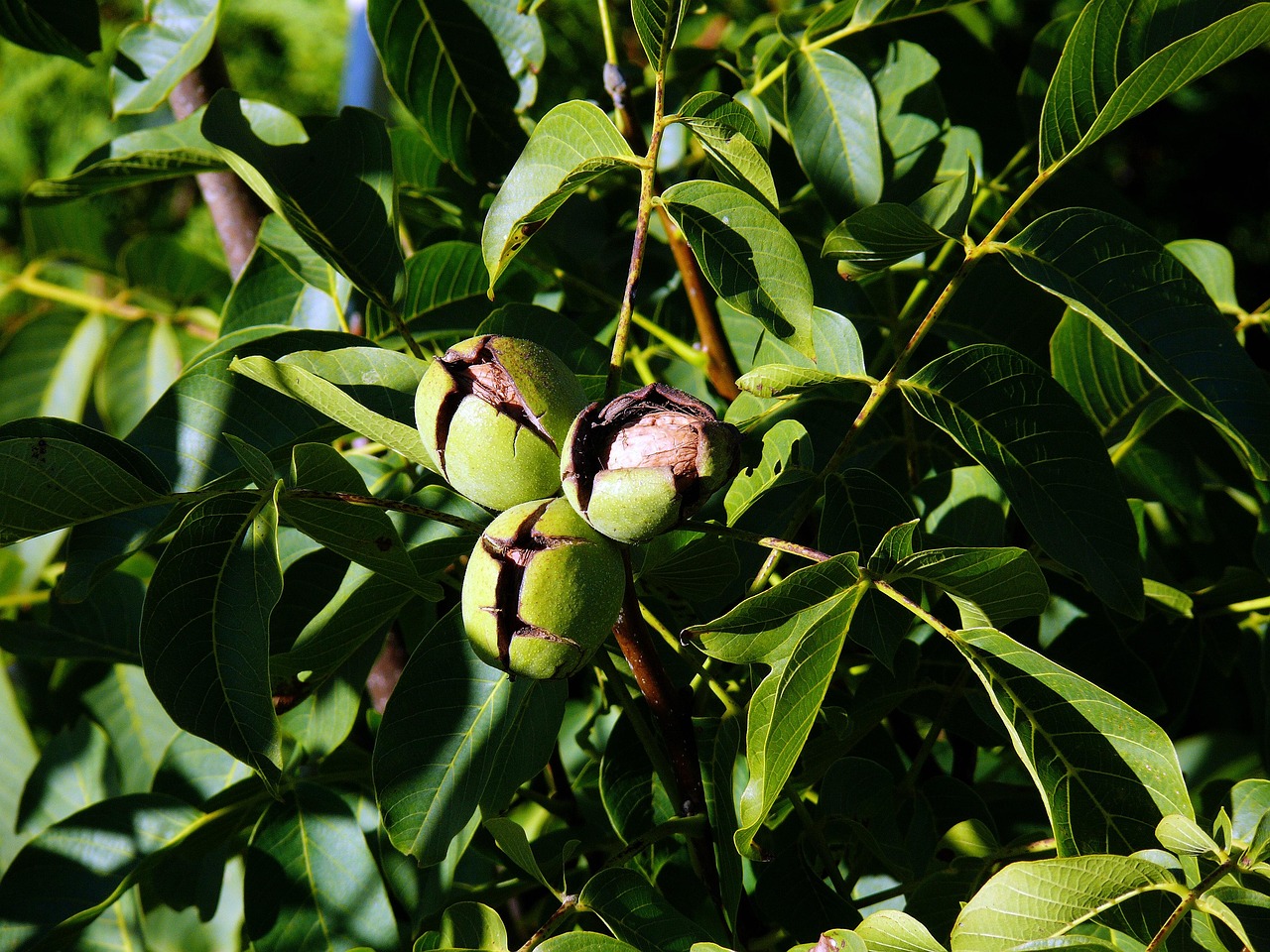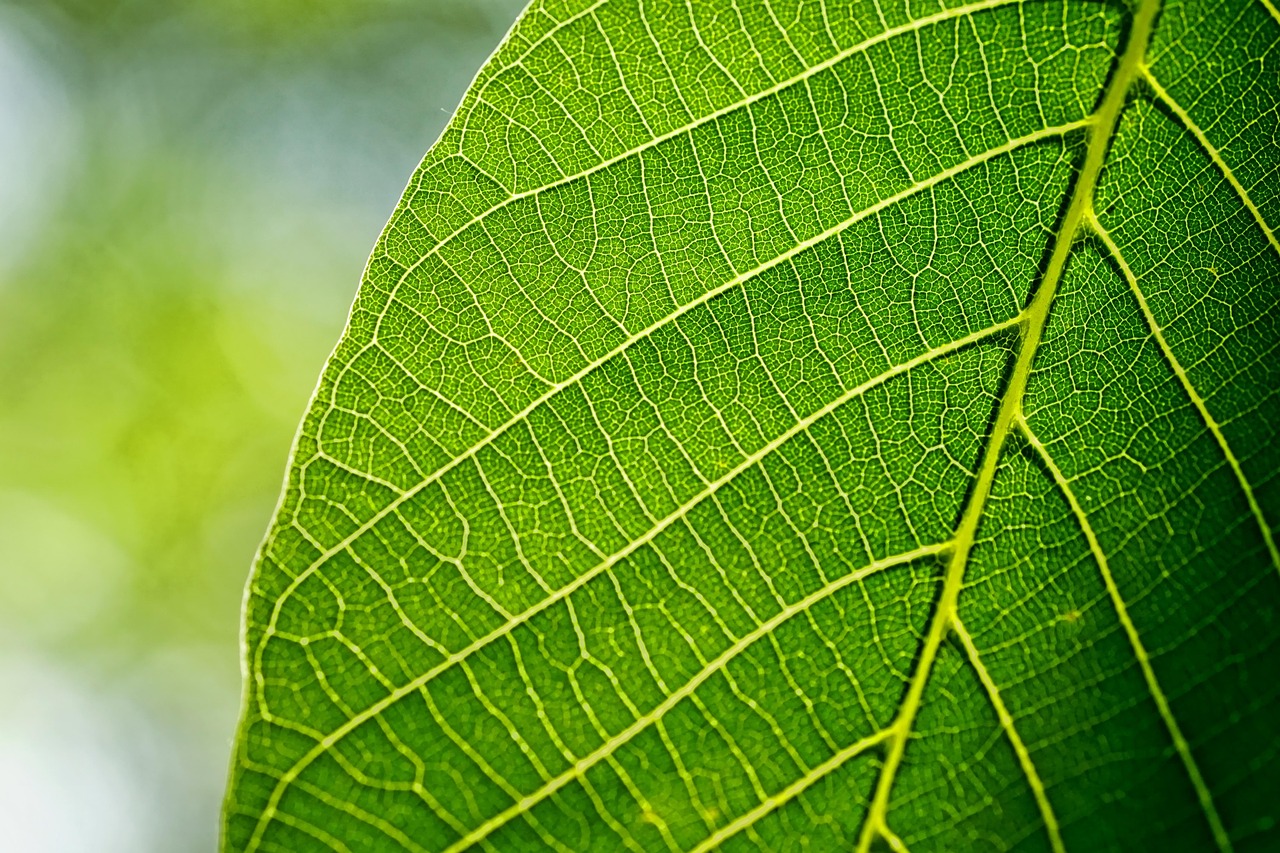The English walnut tree, known for its delicious nuts, typically grows at a rate of 18 to 24 inches per year under optimal conditions. Nut harvesting usually begins around the 4th to 6th year after planting, depending on the tree’s health and environmental factors.
Understanding the English Walnut Tree
The English walnut tree, or Juglans regia, is native to the regions of Persia and has become popular worldwide due to its flavorful nuts and beautiful wood. This species thrives in temperate climates, requiring well-drained soil and sunlight for optimal growth. The trees are deciduous and can reach heights of up to 60 feet, making them a striking addition to any landscape.

One of the most appealing aspects of the English walnut tree is its growth rate. This tree is known for its vigorous growth, especially in its early years. A young tree can grow significantly, adding a foot or more each year if given the right conditions. Factors such as soil quality, water availability, and climate play crucial roles in determining how quickly a walnut tree will reach maturity.
Growth Rate Factors
Several factors influence the growth rate of the English walnut tree:
- Soil Quality: Nutrient-rich, well-drained soil promotes healthy growth.
- Watering: Adequate water supply during dry periods is essential.
- Sunlight: Full sun exposure helps maximize photosynthesis.
- Temperature: Ideal temperatures range from 75°F to 85°F during the growing season.
- Pests and Diseases: Healthy trees free from pests grow faster.
Understanding these factors can help growers provide the best environment for their walnut trees. Regular soil testing can ensure that nutrient levels are adequate. Additionally, monitoring water levels during dry spells can prevent stress on young trees, allowing them to thrive.

Nut Production Timeline
The timeline for nut production in English walnut trees varies based on several factors, including tree care and local conditions. Generally, walnut trees begin producing nuts around 4 to 6 years after planting. However, the most significant yields are often seen when the tree reaches around 10 years of age.
Stages of Nut Development
The nut development process involves several stages:
- Flowering: The trees produce male and female flowers in spring.
- Pollination: Wind typically facilitates pollination between flowers.
- Fruit Set: After successful pollination, the nuts begin to develop.
- Maturation: Nuts mature over several months, usually by late summer or early fall.
The timing of nut maturity can vary based on climatic conditions. In some regions, late frosts can damage flowers, affecting nut yield for that year. Growers should monitor local weather patterns to anticipate potential impacts on their crop.

Harvesting Nuts
Once nuts have matured, they must be harvested at the right time to ensure quality and flavor. The harvesting period typically falls between September and October. It is crucial to wait until the husks begin to split open, indicating that the nuts are ripe.
Harvesting Techniques
The process of harvesting walnuts can be done manually or with machinery, depending on the scale of production:
- Manual Harvesting: Suitable for small orchards. This method involves shaking branches and collecting fallen nuts.
- Mechanical Harvesting: Used in larger operations. Machines shake the trees and collect nuts efficiently.
After harvesting, it is crucial to clean and dry the nuts properly to avoid spoilage. Proper storage also extends shelf life and maintains quality until they are sold or consumed.
The English walnut tree not only provides delicious nuts but also contributes significantly to agricultural landscapes. Understanding its growth rate and harvesting methods can lead to successful cultivation and rewarding harvests for growers worldwide.

Caring for the English Walnut Tree
Proper care and maintenance are essential for the growth and productivity of the English walnut tree. From planting to regular upkeep, several practices can help ensure that these trees thrive and produce high-quality nuts. Understanding the specific needs of walnut trees will benefit growers significantly.
Soil Preparation
Before planting, soil preparation is a critical step. The right soil conditions facilitate healthy root development and overall tree growth. Here are some tips for preparing the soil:
- Soil Testing: Conduct a soil test to determine pH and nutrient levels. Ideally, walnut trees prefer a pH between 6.0 and 7.5.
- Amendments: Based on test results, amend the soil with organic matter or fertilizers to enhance nutrient availability.
- Drainage: Ensure the planting area has good drainage to prevent waterlogging, which can harm roots.
Watering Practices
Water is vital for the growth of walnut trees, especially during their formative years. Proper watering practices include:
- Frequency: Water young trees frequently to establish deep root systems, especially during dry spells.
- Deep Watering: Encourage deep root growth by watering deeply but less often.
- Avoid Overwatering: Monitor for signs of overwatering, such as yellowing leaves or root rot.
As trees mature, their watering needs may decrease, but it remains important to provide sufficient moisture during the growing season and nut development phase.
Pest and Disease Management
Like all crops, English walnut trees are susceptible to various pests and diseases. Effective management strategies can minimize damage and ensure healthy trees. Common pests include:
- Walnut Husk Fly: This insect can damage developing nuts. Using traps can help monitor and control populations.
- Walnut Aphids: These pests feed on sap and can weaken trees. Beneficial insects like ladybugs can help control aphid populations.
- Spider Mites: Hot, dry conditions can lead to mite infestations. Regular irrigation can help prevent these pests.
In addition to pests, several diseases may affect walnut trees:
- Walnut blight: This bacterial disease causes dark lesions on leaves and nuts. Good air circulation and proper sanitation can reduce its spread.
- Crown Gall: A bacterial infection that leads to galls on roots and stems, typically requiring removal of affected plants.
Regular inspections of the trees will help detect issues early. Integrated Pest Management (IPM) strategies can provide effective control while minimizing chemical use.
Fertilization Guidelines
Proper fertilization is essential for maximizing nut production in English walnut trees. Fertilizers provide necessary nutrients that support growth and fruiting. Here are some guidelines:
- Nitrogen Needs: Young trees require more nitrogen for healthy growth. A balanced fertilizer with a nitrogen-phosphorus-potassium (N-P-K) ratio of 3-1-2 is often recommended.
- Timing: Apply fertilizers in early spring before new growth begins. Additional applications may be needed during the growing season based on tree health.
- Organic Options: Consider using organic fertilizers like compost or well-rotted manure to improve soil structure and nutrient content.
Regular monitoring of tree health will help determine if additional fertilization is necessary. Soil tests can also guide nutrient management decisions.
Pruning Techniques
Pruning is an essential practice that promotes healthy growth and improves nut quality in English walnut trees. Proper pruning techniques include:
- Timing: Prune during the dormant season, typically in late winter to early spring, before new growth begins.
- Crown Management: Maintain a strong central leader and remove any competing branches to encourage an open canopy.
- Removing Dead or Diseased Wood: Regularly inspect the tree for dead or diseased branches and remove them to promote overall health.
Pruning not only helps with tree structure but also enhances sunlight penetration, which is essential for photosynthesis and nut development.
Caring for an English walnut tree requires attention to detail and a commitment to best practices. By following these guidelines, growers can ensure healthy trees that produce abundant and high-quality nuts year after year.
Harvesting Techniques and Post-Harvest Care
Harvesting English walnuts is a critical phase in the cultivation process. Proper techniques during this period ensure that growers maximize yield while maintaining nut quality. Additionally, post-harvest care plays a vital role in preserving the nuts until they reach consumers.
Optimal Harvest Timing
Determining the right time to harvest walnuts is essential for achieving the best flavor and texture. As mentioned previously, waiting until the husks begin to split is crucial. However, several factors can influence the perfect timing:
- Weather Conditions: Monitor local weather patterns. Early rains can cause husks to split prematurely, leading to potential spoilage.
- Varietal Differences: Different walnut varieties may mature at varying times. Familiarity with the specific variety grown can guide harvesting schedules.
- Visual Indicators: Look for changes in the color of the hull and nut. A green or yellow hull that begins to turn brown often signals readiness.
Harvesting Methods
Once the walnuts are ready for harvest, there are several methods to consider, depending on the scale of production:
- Manual Harvesting: This method involves hand-picking nuts from the ground or shaking branches to collect fallen nuts. It is labor-intensive but allows for careful selection of quality nuts.
- Mechanical Harvesting: For larger orchards, mechanical harvesters can expedite the process. These machines shake trees and gather nuts quickly and efficiently.
- Using Tarps: Placing tarps under trees before shaking branches can help catch falling nuts, making collection easier.
Regardless of the method used, it is essential to handle the nuts gently to avoid bruising and damage.
Post-Harvest Processing
After harvesting, proper processing is vital to ensure that walnuts remain fresh and flavorful. The following steps outline best practices for post-harvest care:
Cleansing and Drying
Cleaning and drying walnuts are critical steps that help prevent spoilage:
- Initial Cleaning: Remove debris, leaves, and dirt from the nuts immediately after harvesting.
- Drying: Spread walnuts in a single layer in a cool, dry area with good ventilation. Aim for a drying temperature between 60°F to 80°F to avoid damaging the nuts.
The drying process typically takes about two weeks, during which moisture levels decrease significantly, preventing mold growth and extending shelf life.
Storage Recommendations
Once dried, walnuts require proper storage to maintain their quality:
- Airtight Containers: Store nuts in airtight containers to keep out moisture and pests.
- Cool Environment: Keep stored walnuts in a cool, dark place. Ideal storage temperatures range from 32°F to 50°F.
- Freezing Option: For long-term storage, walnuts can be frozen. Ensure they are in airtight packaging to prevent freezer burn.
Nutritional Benefits of English Walnuts
In addition to their economic value, English walnuts offer several nutritional benefits that make them an attractive food choice. Understanding these benefits can also enhance marketing efforts for growers:
| Nutrient | Amount per 1 oz (28g) | % Daily Value |
|---|---|---|
| Calories | 185 | – |
| Total Fat | 18.5g | 28% |
| Saturated Fat | 1.5g | 8% |
| Protein | 4.3g | 9% |
| Fiber | 1.9g | 8% |
| Sugars | 0.7g | – |
| Omega-3 Fatty Acids | 2.5g | – |
The rich nutrient profile of English walnuts includes healthy fats, protein, vitamins, and minerals. They are particularly high in omega-3 fatty acids, which are known for their heart health benefits. Incorporating walnuts into diets can promote overall wellness.
Market Trends and Consumer Preferences
The market for English walnuts continues to grow due to increasing consumer awareness of their health benefits. Understanding current trends can help growers align their practices with market demands:
- Sustainable Practices: Consumers are increasingly looking for sustainably sourced products, making environmentally friendly farming practices more appealing.
- Nutritional Awareness: As more people become health-conscious, demand for nutritious snacks like walnuts is rising.
- Diverse Uses: Walnuts are not only consumed raw but also used in baking, cooking, and as ingredients in various products.
By staying updated on market trends and consumer preferences, growers can better position themselves in an evolving industry.
Challenges in Walnut Cultivation
While the English walnut tree presents numerous benefits, growers also face several challenges in its cultivation. Understanding these hurdles can help in developing effective strategies to mitigate risks and enhance productivity.
Climate Sensitivity
English walnut trees thrive in temperate climates but are sensitive to extreme weather conditions:
- Frost Damage: Late spring frosts can damage young buds and flowers, leading to reduced nut yield. Growers should monitor local forecasts and consider using protective measures like row covers.
- Heat Stress: High temperatures during the growing season can stress trees and affect nut quality. Providing adequate irrigation and mulch can help mitigate heat effects.
Pest and Disease Pressure
As previously discussed, pests and diseases pose a significant threat to walnut trees. Regular monitoring and integrated pest management strategies are crucial for minimizing losses.
Market Fluctuations
The walnut market can be volatile, influenced by various factors including global production levels, changes in consumer preferences, and economic conditions. Growers should be prepared for price fluctuations by diversifying their offerings and implementing effective marketing strategies.
Innovation in Walnut Production
As the industry evolves, innovation plays a key role in enhancing walnut production. Several advancements can help growers improve efficiency and sustainability:
- Precision Agriculture: Utilizing technology such as drones and soil sensors allows for better monitoring of tree health and resource use, leading to more informed decision-making.
- Genetic Research: Ongoing research into developing disease-resistant walnut varieties can improve resilience and yield.
- Agroforestry Practices: Integrating walnut trees with other crops or livestock can enhance biodiversity, improve soil health, and create additional income streams for farmers.
Adopting innovative practices not only benefits individual growers but also contributes to the overall sustainability of the walnut industry.
Final Thoughts
The English walnut tree is a valuable asset for growers, offering significant economic returns and health benefits to consumers. Understanding the growth rate, optimal harvesting techniques, and market dynamics is essential for successful cultivation. Careful attention to aspects such as soil preparation, watering, pest management, and post-harvest processing can lead to healthy trees and high-quality nuts.
As market trends shift towards sustainability and health consciousness, walnut producers have the opportunity to align their practices with consumer demands. Embracing innovation and addressing challenges will be key to ensuring that the English walnut industry continues to thrive in the future.
By focusing on best practices and remaining adaptable, growers can cultivate thriving walnut orchards that not only meet market needs but also contribute positively to agricultural landscapes. The journey of growing English walnuts is both a challenge and a rewarding endeavor, promising fruitful harvests for years to come.
